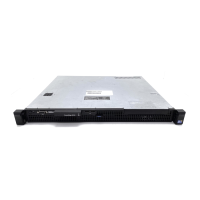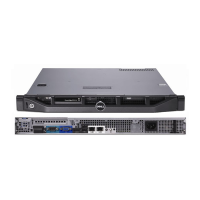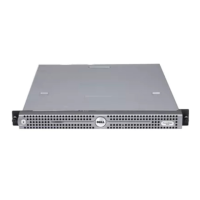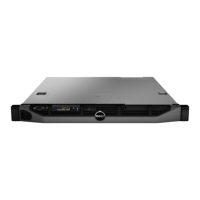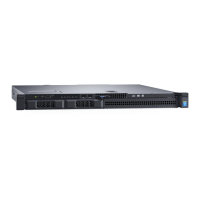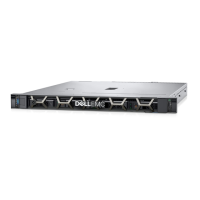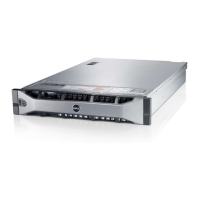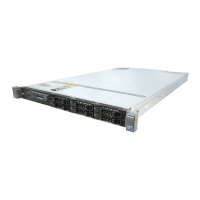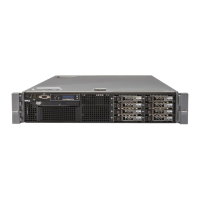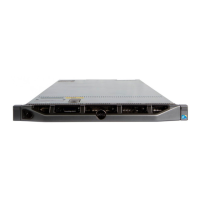Troubleshooting Your System 121
a
Restart the system and enter the host adapter configuration utility
program by pressing <Ctrl><R> for a PERC controller or
<Ctrl><C> for a SAS controller.
See the documentation supplied with the host adapter for information
about the configuration utility.
b
Ensure that the hard drive(s) have been configured correctly for the
RAID array.
c
Take the hard drive offline and reseat the drive. See "Removing a Hard
Drive" on page 67.
d
Exit the configuration utility and allow the system to boot to the
operating system.
3
Ensure that the required device drivers for your controller card are installed
and are configured correctly. See the operating system documentation for
more information.
4
Restart the system, enter the System Setup program, and verify that the
drives appear in the System Setup program. See "Entering the System
Setup Program" on page 38.
Troubleshooting an Expansion Card
CAUTION: Many repairs may only be done by a certified service technician. You
should only perform troubleshooting and simple repairs as authorized in your
product documentation, or as directed by the online or telephone service and
support team. Damage due to servicing that is not authorized by Dell is not covered
by your warranty. Read and follow the safety instructions that came with the
product.
NOTE: When troubleshooting an expansion card, see the documentation for your
operating system and the expansion card.
1
Run the appropriate online diagnostic test. See "Running the System
Diagnostics" on page 125.
2
Turn off the system and attached peripherals, and disconnect the system
from the electrical outlet.
3
Open the system. See "Opening the System" on page 62.
4
Ensure that the expansion-card riser is firmly seated in its connector. See
"Installing an Expansion Card" on page 72.
book.book Page 121 Wednesday, August 12, 2009 4:51 PM
